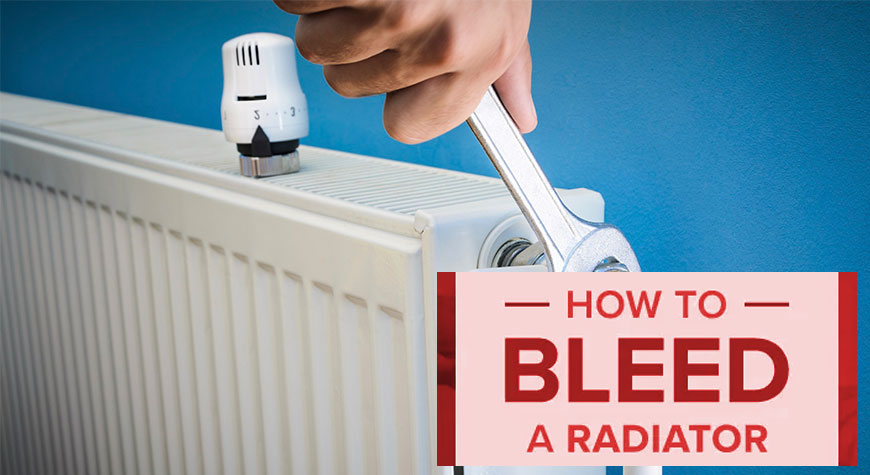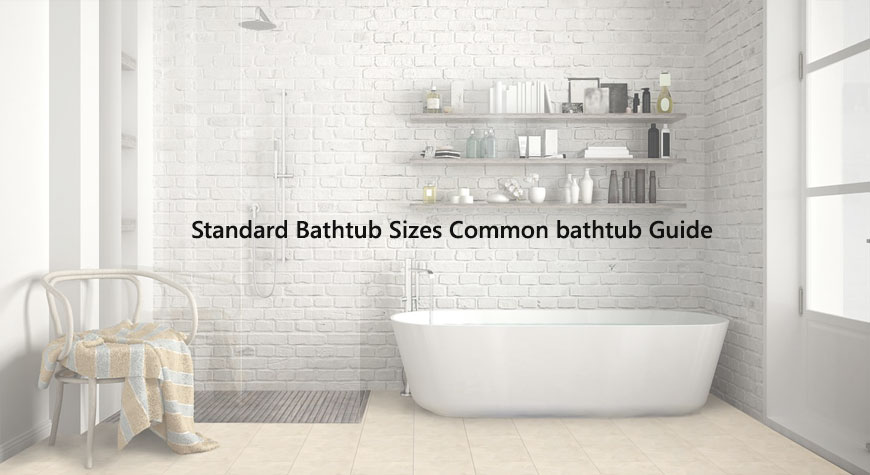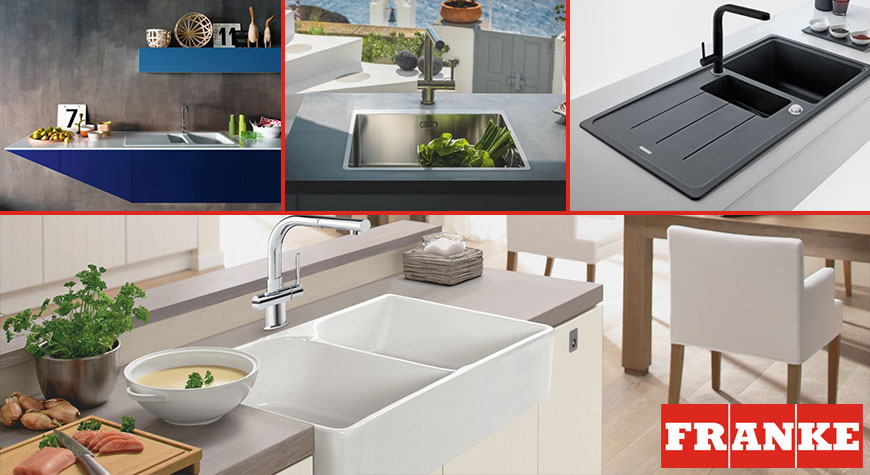How to Clean your Kitchen Sink
Whatever kind of sink is at the heart of your kitchen, it will always look better when it’s sparkling clean. Keeping everything that way takes a little work, but it’s worth the effort.
So how do you go about maintaining your sink in the same condition that it arrived in? That’s what we’re going to look at now.
One piece of general advice that applies to all sinks is very simple: to help your sink last longer, look brighter, and avoid the buildup of limescale, water marks and other blemishes, be sure to regularly wipe down both the sink and its surrounding worktop with hot soapy water and a soft cloth or sponge. On its own, this will go a long way towards keeping any kitchen sink clean and healthy.
For more specific care and cleaning advice, click the links below to take you straight to the appropriate type of sink:
Cleaning and care for stainless steel sinks
|
A well-maintained stainless steel sink catches the light in a way that enhances any kitchen. It announces sleek, reliable practicality and durable good looks that will last for years. Stainless steel won’t chip or flake and it’s resistant to corrosion, rust and staining. It’s the most popular material for sink manufacture in the UK, which really isn’t surprising. |
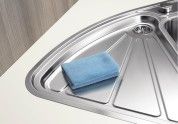 |
Cleaning
Each week, treat your sink using an acid-free cleaner that’s meant for the task. Many regular cleaners can harm the glaze of your sink and dull its surface, so steer clear of them. Instead choose one like ‘Bar Keepers Friend’ or Franke’s ‘Kitchen Care Stainless Steel Sink Cleaner’ – they are both especially effective when dealing with stubborn stains.
The cleaner can be applied with a sponge or a clean cloth. (Never use a steel wool pad – it not only damages the sink’s surface, it will leave iron particles that rust and corrode!) Always remember to scrub in the direction of the stainless steel’s grain and polish, and wipe the surface dry when you’re done.
Rubbing the clean surface with olive oil or club soda is a great way to add an extra gleam to your sink.
Care
To preserve your stainless steel sink’s beauty, you should rinse away soap and detergents after each use. Otherwise moisture will evaporate, and leave discolouration or spotting. For the same reason, don’t leave sponges, damp towels, food spills or anything else on the sink’s surface to dry. The metal in a high-quality stainless steel sink cannot rust or corrode in normal conditions. However, small iron particles that find their way onto the surface may cause rust and corrosion, so they should be cleaned away quickly. They may be left by wire scouring pads, cutlery and other utensils, or come directly from the water supply – but whatever the source, promptly rinsing and wiping down your sink after each use should usually nip any problem in the bud. Avoid using a plastic bowl in your sink. Doing so regularly will scuff the stainless steel’s glaze and surface.
Surface scratches are a natural element of your stainless steel sink’s appearance. Over time, they are buffed and evened out, as the surface develops its own unique finish. That’s part of the attraction of stainless steel, so don’t worry about it!
Cleaning and care for granite composite sinks
|
A granite composite sink requires a little more care and attention than some alternative materials. Because every sink manufacturer’s composite material is different, do check their documentation or contact their helpline. They may recommend particular cleaning products, specify how heat resistant your sink is, offer other advice. Forearmed is forewarned! |
 |
Cleaning
Hot soapy water (not boiling) should be used to clean your sink each time it is used. Leaving dirt, soap and mineral deposits to build up only leads to the need for a more intensive deep-clean in the end. So following a more regular, consistent approach will save you some effort and hassle down the road… and the results are better anyway. Always dry your sink thoroughly after cleaning, in order to avoid limescale and water-spotting.
Even if you adhere to a consistent cleaning and sink-care routine, you may still need to deal with staining or limescale on occasion. Here’s what to do if that happens:
- One great product that can handle both is AstraClean’s ‘Kitchen Sink Cleaner’, made for composite and ceramic sinks. Another off-the-shelf option is ‘Granite Shine & Sparkle’ by Astonish Pro.
- Alternatively ‘Fairy Liquid’ can be used to clear limescale and watermarks effectively, if you prefer, although it may require a little more work.
- In the same vein, a homemade mix of water and baking soda or white vinegar will do a good job if you should need to scrub away deep stains. (Vinegar is acidic, so be sure to flush it away quickly when you’ve finished.)
- No matter what cleaning agent you use, be sure to rinse your sink with hot water before cleaning and after.
Composite sinks can shrug off dropped pots and pans with ease. But even though they’re tough and hard-wearing, you should never use abrasive cleaners like steel wool pads or hard brushes on them. Always scrub your composite sink with a soft sponge or soft lint-free cloth.
Care
Using the wrong chemicals on your granite composite sink can lead to discolouration and staining that’s impossible (or at least, extremely difficult) to reverse. So be sure to follow your manufacturer’s recommendations – and avoid cleaners and bleaches that contain sodium hydroxide, ammonia or hydrochloride. Also, don’t mix cleaning products as the reactions can be unpredictable. Don’t let sponges, damp towels, food spills or anything else linger on the sink’s surface for too long. Doing so may lead to staining, limescale and water spots: all things it’s better to avoid than to try and sort out later. Granite composite sinks are certainly a higher-maintenance option than most of the alternatives. But they’re a very attractive choice that can add real style to your kitchen. A regular cleaning and care routine is the best way to keep them that way, and stop them becoming dull and discoloured.
Cleaning and care for ceramic sinks
|
Ceramic sinks are probably the easiest type of sink to take care of. They are hard, glossy and fully sealed, with no uneven niches or protrusions to act as traps for dirt or other residues. Even so, they will dull and accumulate stains if they’re not looked after. |
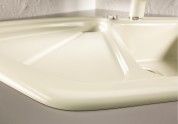 |
Cleaning
The basic cleaning routine for your ceramic sink is a daily wash and wipe-down. Use a sponge and some hot soapy water for everyday cleaning, then wipe the sink dry with a lint-free cloth to inhibit limescale deposits. If you need to get rid of water marks, limescale or other unwanted deposits, simply use a regular bathroom cleaning product like ‘Flash’, ‘Cillit Bang’ or ‘Cif’. White vinegar can be effective too – for stubborn stains, soak a paper towel in it and leave it over the stain for a few hours. Don’t use any abrasive cleaners (or abrasive cleaning tools like steel wool pads or very hard brushes); they’re likely to dull the gloss finish of the sink’s glaze.
Care
Avoid using a plastic washing up bowl in your ceramic sink. It will damage the sink’s surface and glaze, causing unattractive abrasions that will attract dirt and stains. It’s a good idea to buff the glaze of your sink with bleach and water every few days, then rinse the solution away afterwards. This will help the sink retain its sparkle.



